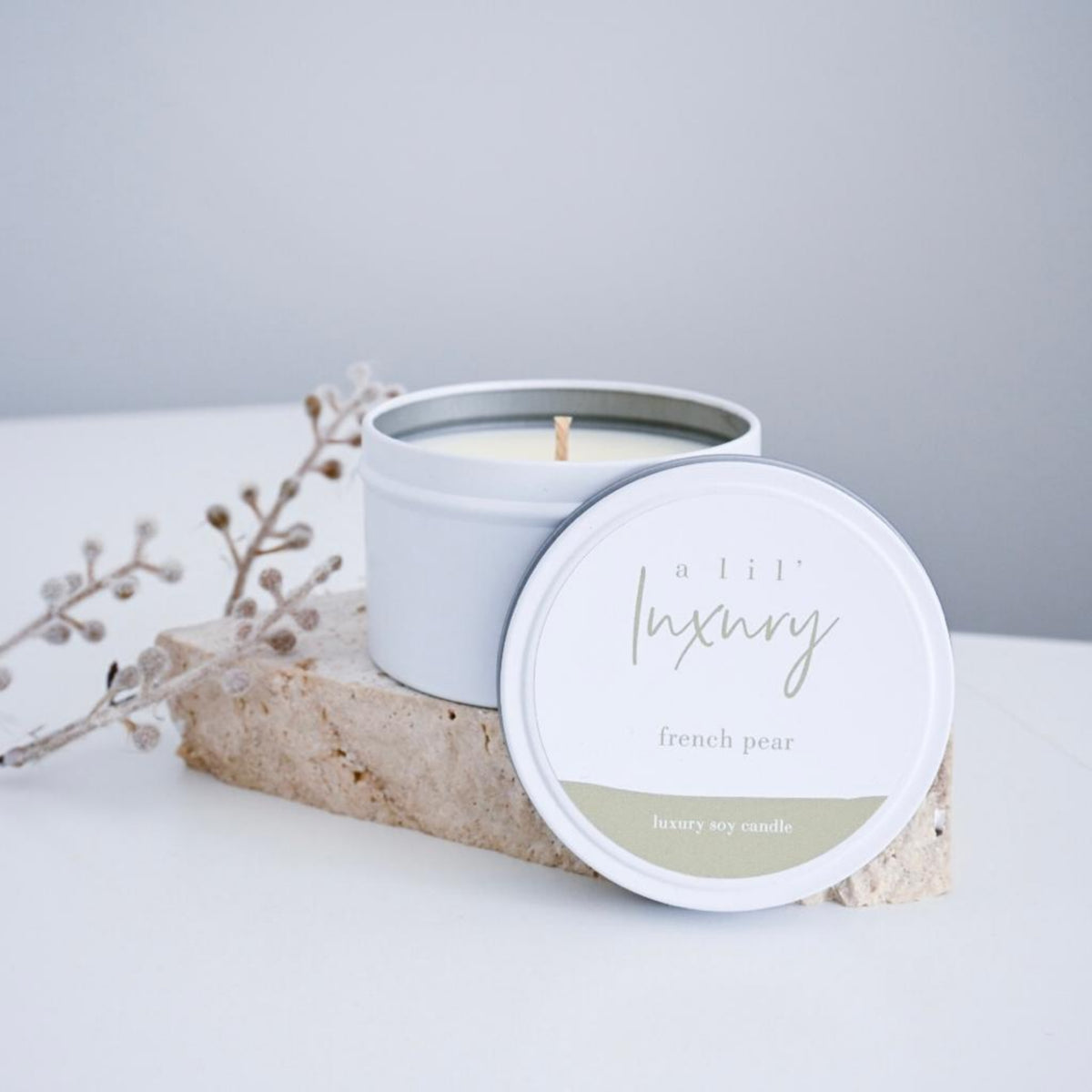Explore the World of Crystal Soy Candles and Home Fragrance Delights
Explore the World of Crystal Soy Candles and Home Fragrance Delights
Blog Article
From Wick to Wax: Recognizing the Chemistry Behind Soy Wax Candles and Their Ecological Effect
As we illuminate our rooms with the cozy glow of candle lights, there exists a realm of complex chemistry behind the apparently easy act of lighting a soy wax candle light. Join us as we untangle the clinical ins and outs behind soy wax candles and discover their implications on our environment.
Soy Wax Vs. Paraffin Wax
When contrasting soy wax and paraffin wax for candle light production, it is vital to recognize the distinctive qualities and benefits of each material. Soy wax is a natural, renewable energy derived from soybean oil, making it environment-friendly and biodegradable - crystal soy candles. In comparison, paraffin wax is a result of oil refining, which raises issues regarding its environmental impact and sustainability
Soy wax candle lights burn cleaner and emit much less soot contrasted to paraffin wax candle lights, making them a healthier choice for indoor air high quality. Furthermore, soy wax has a lower melting point, permitting for a longer-lasting candle light that spreads fragrance better. Paraffin wax, on the various other hand, often tends to burn faster and much less easily, possibly releasing harmful chemicals into the air.
From a sustainability point of view, soy wax is favored for its biodegradability and eco-friendly sourcing, aligning with the growing customer preference for environmentally mindful products. While paraffin wax has been a conventional choice in candle light making as a result of its price and convenience of use, the change in the direction of eco-friendly alternatives like soy wax is obtaining energy in the industry.
Chemical Composition of Soy Wax

Burning Refine in Soy Candles
The chemical make-up of soy wax straight influences the burning procedure in soy candle lights, impacting aspects such as shed time, scent release, and environmental impact. When a soy candle light is lit, the warm from the flame melts the wax near the wick. This liquid wax is after that created the wick due to capillary activity. As the fluid wax gets to the flame, it goes through and evaporates burning. The combustion procedure entails the vaporized hydrocarbons in the wax reacting with oxygen in the air to produce warm, light, water vapor, and carbon dioxide.
The burning efficiency of soy candle lights is influenced by the purity of the soy wax and the top quality of the wick. A clean-burning soy candle with a correctly sized wick will certainly create a stable fire and minimize residue formation. This not just extends the melt time of the candle yet also improves the launch of fragrances. Furthermore, soy wax candles have a reduced ecological effect contrasted to paraffin candle lights due to their sustainable and naturally degradable nature.

Environmental Advantages of Soy Wax

Thought about a lasting choice to typical paraffin wax, soy wax provides significant ecological advantages that make it a prominent option amongst eco-conscious customers. One considerable advantage of soy wax is its renewable sourcing. Soy wax is stemmed from soybean oil, which is mainly cultivated in the United States. The cultivation of soybeans aids sustain local farmers and reduces the dependence on non-renewable nonrenewable fuel sources made use of in paraffin wax manufacturing. Additionally, soy wax is eco-friendly, suggesting it damages down naturally without releasing unsafe toxic substances into the environment. This particular makes soy wax candle have a peek at this site lights a much more eco-friendly choice compared to paraffin wax candles, which are made from petroleum, a non-renewable source. Additionally, soy wax burns cleaner and produces much less residue than paraffin wax, adding to far better interior air high quality and minimizing the demand for cleansing and maintenance. On the whole, the environmental benefits of soy wax straighten with the growing need for sustainable and environment-friendly products in the market.
Recycling and Disposal Factors To Consider
Recycling and appropriate disposal of soy wax candles play a vital duty in keeping ecological sustainability and reducing waste in homes and communities. When it comes to recycling soy wax candles, the first step is to ensure that the candle light has actually melted entirely.

In regards to disposal, if recycling is not an alternative, soy wax candles are biodegradable and can be safely dealt with in many household waste systems. It is always advised to inspect with local recycling facilities or waste monitoring solutions for specific guidelines on candle light disposal to guarantee correct handling and ecological security.
Final Thought
To conclude, the chemistry behind soy wax candle lights exposes their ecological benefits over paraffin wax candles. Soy wax, derived i thought about this from soybean oil, burns cleaner and generates less residue when compared to paraffin wax. The burning process in soy candle lights is much more reliable, causing a longer and a lot more even burn. Furthermore, soy wax is sustainable and naturally degradable, making it an extra sustainable option for candle light production. Reusing and proper disposal of soy wax candles better contribute to their environmental effect.
When contrasting soy wax and paraffin wax for candle making, it is essential to comprehend the distinct attributes and advantages of each material (candles).Soy wax candles burn cleaner and produce much less residue compared to paraffin wax candles, making them a healthier selection for indoor air quality.Thought about a lasting choice to conventional paraffin wax, soy wax supplies notable environmental benefits that make it a popular selection amongst eco-conscious customers. Soy wax burns cleaner and generates much less residue than paraffin wax, contributing to far better interior air quality and decreasing the requirement for cleansing and maintenance.In conclusion, the chemistry behind soy wax candles reveals their see page environmental benefits over paraffin wax candles
Report this page